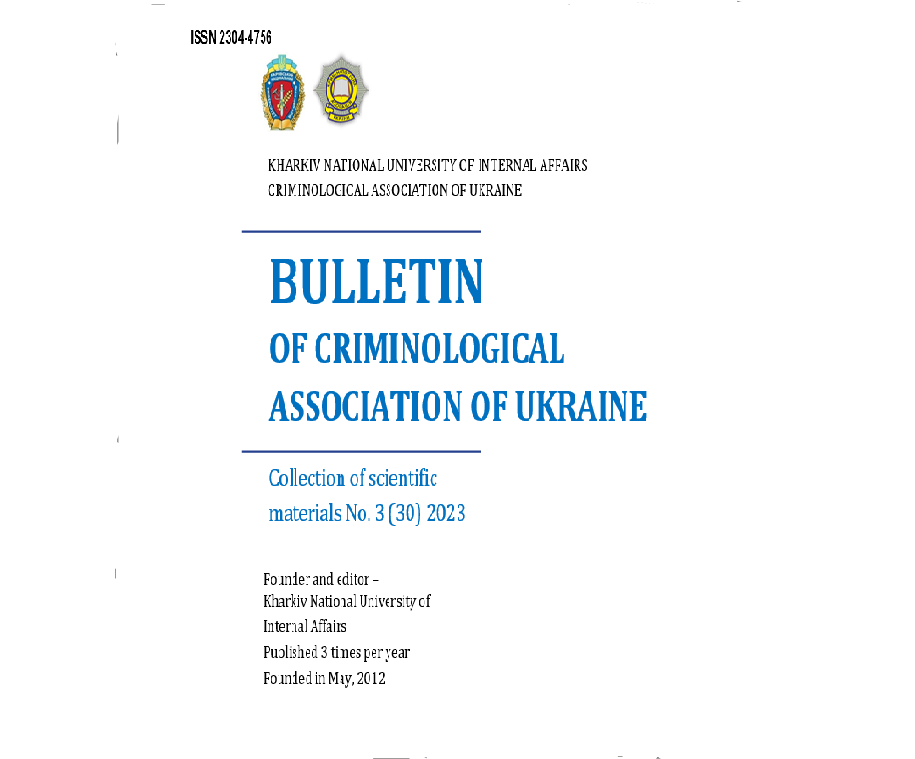TO THE ISSUE OF THE ESSENCE AND FEATURES OF POLICE INTERACTION WITH THE PUBLIC
Main Article Content
Abstract
The article emphasizes that the interaction of the police with the public
should be understood as the process of coordination in the course of dialogue,
partnership and mutual initiative of the needs, interests and values of the public,
formed on the basis of the level of legal awareness established in society, with
opportunities objectively established at the state level their implementation in the
organizational and management principles of the activities of the bodies and units
of the National Police of Ukraine and the provisions of the relevant domestic
legislation, which is based on administrative and legal regulation for the
development of civil society, the performance of police tasks, as well as the proper
functioning of the economic, social, spiritual, cultural, political spheres of the
state.
It is noted that the following are the characteristic features of the
interaction of the police with the public: the basis of the normative and legal
consolidation of the interaction of the police with the public is the provision of the
Law of Ukraine "On the National Police"; the international practice of "community
policing" is the ideological basis of police interaction with the public; a
characteristic feature of the public is active citizenship; active citizenship is
largely influenced by civic education; the interests and values of socially passive
citizens should also be widely supported during the interaction between the state
and socially active citizens in building an inclusive society; the classic
organizational embodiment of active citizenship among the public is volunteering;
the public in modern society has the opportunity to express its will through the
use of various technologies; the virtual environment is one of the dimensions of
the functioning of both the public and the state in the form of public authorities;
social projects become the organizational basis of public influence on social
relations outside the regulatory influence of the state.
Article Details

This work is licensed under a Creative Commons Attribution 4.0 International License.
